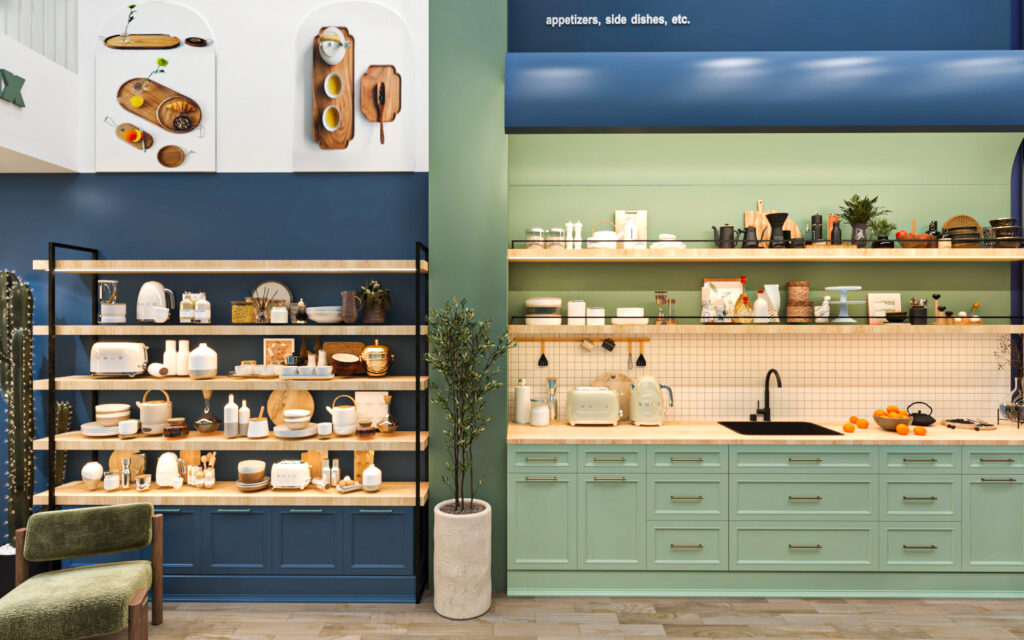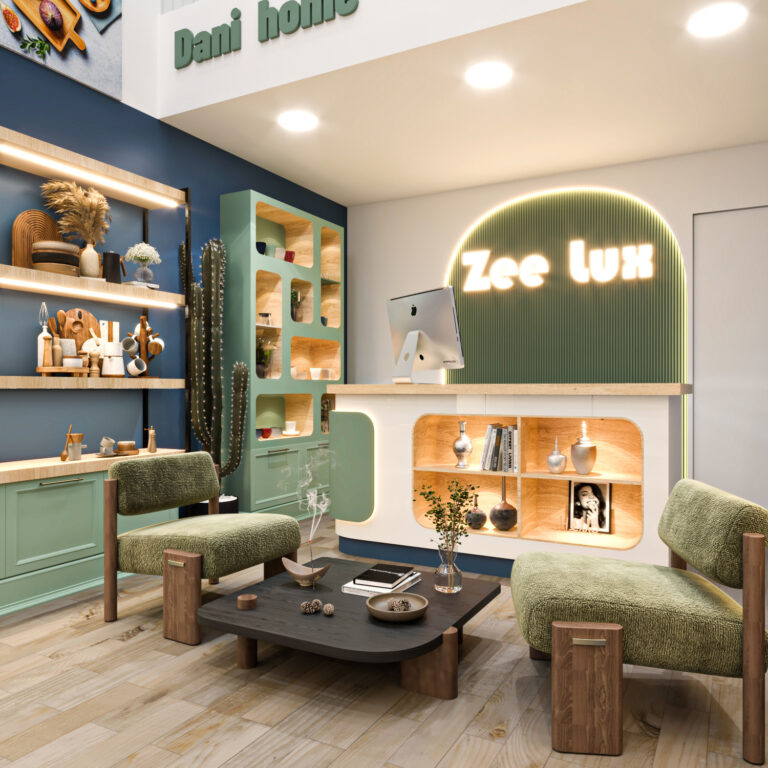
Using a variety of patterns and textures in interior design is an effective way to add depth, visual appeal, and personality to a space. The right combination of these elements creates a dynamic and harmonious environment. Below are key points for effectively incorporating patterns and textures in interior design.
1. Importance of Combining Patterns and Textures
Creates Depth and Visual Dimension: Mixing different textures prevents a space from feeling flat.
Enhances Aesthetic Appeal: Patterns and textures bring energy and vibrancy to the decor.
Defines the Design Style: Thoughtful selection of patterns and textures can emphasize a specific style, such as modern, classic, or bohemian.
2. Common Types of Textures and Patterns
Soft Textures: Fabrics like velvet, cotton, and wool that add warmth and comfort.
Hard Textures: Materials such as metal, wood, and stone that introduce a sense of strength and contrast.
Geometric Patterns: Modern and structured, ideal for minimalist and contemporary designs.
Floral and Organic Patterns: Suitable for classic and traditional spaces, bringing a natural and soft feel.
3. Key Tips for Mixing Patterns and Textures
Maintain Balance: Excessive use of bold patterns can overwhelm a space, so pairing them with simpler textures is advisable.
Combine Different Materials: Mixing natural wood with soft fabrics or metal with glass creates a well-balanced aesthetic.
Ensure Color Harmony: Choosing a cohesive color palette helps maintain a unified look.
Introduce Visual Contrast: Combining matte and glossy surfaces, rough and smooth textures, or flat and raised elements adds an interesting contrast to the decor.
Conclusion
A smart combination of patterns and textures in interior design helps create a unique, stylish, and balanced space. By following principles of harmony, balance, and contrast, interiors can achieve a sophisticated and visually appealing ambiance.


No comments yet.